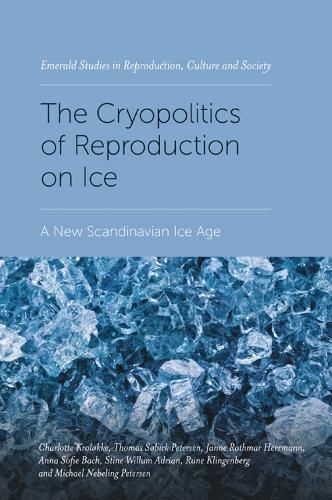Readings Newsletter
Become a Readings Member to make your shopping experience even easier.
Sign in or sign up for free!
You’re not far away from qualifying for FREE standard shipping within Australia
You’ve qualified for FREE standard shipping within Australia
The cart is loading…






Reproduction has entered a new ice age: the ability to cryopreserve reproductive cells, tissue and embryos are fundamentally changing our understanding of what it means to be a reproductive citizen. This book explores the ways in which visions of desirable reproductive futures entangle with advances in freezing technologies, with the authors situating their discussions of cryo-fertility within the Scandinavian region, asking:
* How does cryopreservation help mobilize particular understandings of reproductive time, reproductive rights and reproductive autonomy?
* What values are embedded within Scandinavian laws that seek to regulate cryo-technologies?
* How are frozen states enacted in clinical settings and how do the women and men who freeze imagine the preservation of reproductive parts?
These questions demand a collaborative approach. The authors empirically cut across the arenas of bioethics/law, practices/experiences, and culture/commerce in order to pin down often complex and far-reaching answers.
$9.00 standard shipping within Australia
FREE standard shipping within Australia for orders over $100.00
Express & International shipping calculated at checkout
Reproduction has entered a new ice age: the ability to cryopreserve reproductive cells, tissue and embryos are fundamentally changing our understanding of what it means to be a reproductive citizen. This book explores the ways in which visions of desirable reproductive futures entangle with advances in freezing technologies, with the authors situating their discussions of cryo-fertility within the Scandinavian region, asking:
* How does cryopreservation help mobilize particular understandings of reproductive time, reproductive rights and reproductive autonomy?
* What values are embedded within Scandinavian laws that seek to regulate cryo-technologies?
* How are frozen states enacted in clinical settings and how do the women and men who freeze imagine the preservation of reproductive parts?
These questions demand a collaborative approach. The authors empirically cut across the arenas of bioethics/law, practices/experiences, and culture/commerce in order to pin down often complex and far-reaching answers.